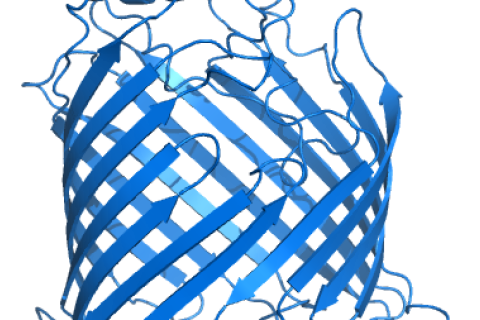Structure and function of the β-barrel assembly machinery in gram-negative bacteria
A biomolecular solid-state NMR project

Contact person: Marc Baldus
(Bloembergen NMR building)
Scientific background
ß-barrel membrane proteins perform essential roles in the outer membrane of gram-negative bacteria, where they serve e.g. as pores, transporters and enzymes. These proteins are synthesized in the cytosol and have to be transported to the outer membrane in unfolded form. Only once they reach their destination, they are folded and inserted into the outer membrane. The exact mechanism of this process is not clear, but we do know that it depends on the β-barrel assembly machinery (BAM). This machinery consists of BamA, which is an integral β-barrel itself, assisted by the lipoproteins BamB, C, D and E. BamA and BamD are highly conserved among gram-negative bacteria and thought to be the essential components for outer membrane protein folding.
Research proposal
To understand how the BAM machinery functions, we will focus on the interaction between the highly conserved components BamA and BamD in atomic detail, to unravel why BamD is the only essential lipoprotein and how it affects the structure and/or dynamics of BamA. Initially solution NMR spectroscopy will be used to pinpoint the interaction surface using soluble protein constructs. In the next stage, BamA and BamD will be co-reconstituted in lipid bilayers, to study their interplay in a native- like membrane environment by solid-state NMR. Finally, folding of a substrate outer membrane protein will be investigated in this setup to shed light on the molecular mechanism of the BAM complex.
Methods
- Cloning
- Protein expression and purification
- Circular Dichroism Spectroscopy
- Protein Folding Assays
- Solution NMR Spectroscopy
- Solid-State NMR Spectroscopy

